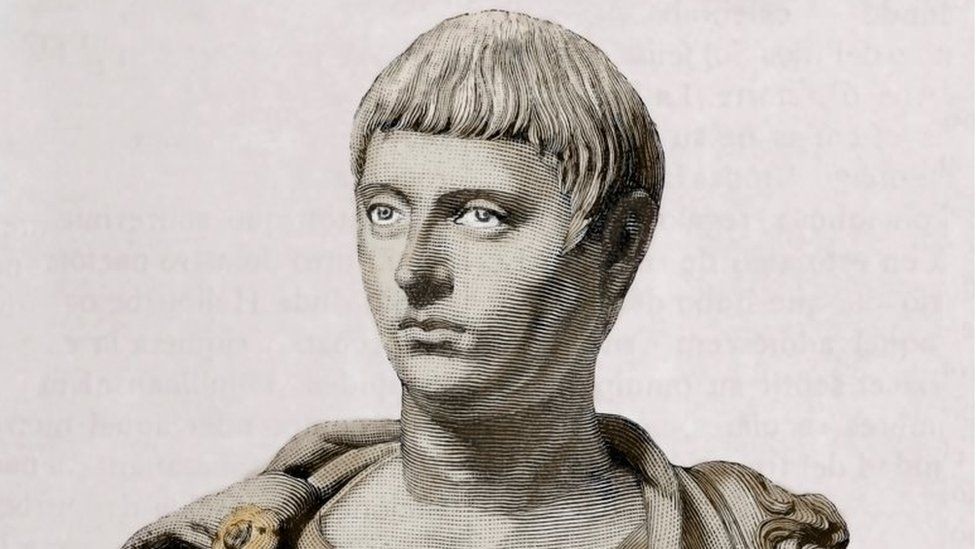ARTICLE AD BOX
 Image source, PHAS
Image source, PHAS
Debate over whether Roman emperor Elagabalus was transgender has split academics
By Yasmin Rufo
Culture reporter
A museum is to relabel its display about a Roman emperor after concluding that he was in fact a trans woman.
North Hertfordshire Museum will now refer to emperor Elagabalus with the female pronouns of she and her.
It comes after classical texts claim the emperor once said "call me not Lord, for I am a Lady".
A museum spokesperson said it was "only polite and respectful to be sensitive to identifying pronouns for people in the past".
The museum has one coin of Elagabalus, which is often displayed amongst other LGBTQ+ items in its collection.
It said it consulted LGBTQ+ charity Stonewall to ensure "displays, publicity and talks are as up-to-date and inclusive as possible".
Marcus Aurelius Antoninus, better known as Elagabalus, ruled the Roman empire for just four years from 218AD to his assassination, aged 18, in 222AD.
He became an increasingly controversial figure over his short reign, developing a reputation for sexual promiscuity.
Cassius Dio, a senator and contemporary of Elagabalus, writes in his historical chronicles that the emperor was married five times - four times to women, and once to Hiercoles, a former slave and chariot driver.
In this final marriage, Dio writes that the emperor "was bestowed in marriage and was termed wife, mistress and queen".
Image source, Getty Images
Image caption,North Hertfordshire Museum has a coin of Elagabalus in its LGBTQ+ collection
The debate over Elagabalus's gender identity is long-standing and often splits academics.
Dr Shushma Malik, a Cambridge university classics professor, told the BBC: "The words Dio uses are a not a direct quote from Elagabalus, and at the time of writing the emperor would have been in his early teenage years.
"There are many examples in Roman literature of times where effeminate language and words were used as a a way of criticising or weakening a political figure.
"References to Elagabalus wearing makeup, wigs and removing body hair may have been written in order to undermine the unpopular emperor."
Dr Malik added that whilst Romans were aware of gender fluidity, and there are examples of pronouns being changed in literature, it "was only used in reference to myth and religion, not to describe living people".
However, councillor Keith Hoskins, executive member for Enterprise and Arts at North Herts Council, said texts such as Dio's provide evidence "that Elagabalus most definitely preferred the 'she' pronoun and as such this is something we reflect when discussing her in contemporary times, as we believe is standard practice elsewhere".
"We know that Elagabalus identified as a woman and was explicit about which pronouns to use, which shows that pronouns are not a new thing," he added.

 1 year ago
56
1 year ago
56








 English (US) ·
English (US) ·